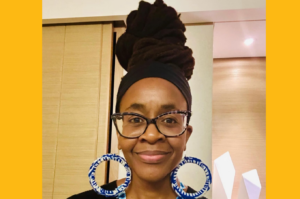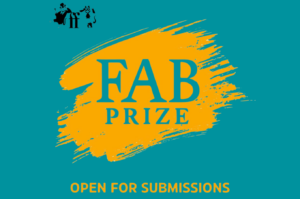
The Princeton Ethiopian, Eritrean, and Egyptian Miracles of Mary (PEMM) Project is an African digital humanities project that has uncovered thousands of stories based in Ethiopia, Eritrea, and Egypt written about the Virgin Mary, from the late 1300s into the 2010s.
Founded by Prof. Wendy Laura Belcher, PEMM began in 2018 and was developed in partnership with Princeton’s Center for Digital Humanities. It was launched to catalog and translate the Ethiopian compilation text that contains these stories, called Täˀammərä Maryam (Miracles of Mary). The project is aimed at creating a resource for all students and scholars interested in folklore and to the Ethiopian Orthodox Church community.
Since its founding, this digital humanities project has dramatically increased online access to medieval African stories, paintings, and manuscripts. It has receiving two large National Endowment for the Humanities grants and the website just launched in December 2023 after five years of development.
PEMM’s research has proven that the Marian tradition in Africa is older, richer, and more Indigenous than previously thought by scholars. PEMM has uncovered over 1,000 stories in Geʿez manuscripts, almost twice the number of stories previously identified. Over 800 of those stories were composed in Ethiopia, Eritrea, or Egypt, far more than previously thought. Less than 6 percent were composed in Europe, far fewer than previously thought.
Prof. Belcher remarked to us in a statement that this archive will have a large impact on the study of African literature:
Many wrongly believe that Africa had no writing before Europeans arrived. Nothing could be further from the truth. Across West and East Africa, from at least the 1300s on, Africans were writing for Africans, in African languages. PEMM represents a small slice of this early African literature, with many moving, perplexing, and/or humorous short stories.
Belcher hopes that students, scholars, and the general public take advantage of this record of African genius to learn more. At the PEMM website, you can learn about the 1,000+ stories about the Virgin Mary preserved in Ge’ez. These stories are searchable by date, manuscript, place of origin, language, title, and many other categories. Over 600 of the stories appear on the site in English translation, thrice those previously available.
Among the stories is one about a girl who seeks an education, another about a thirsty dog who experiences Mary’s kindness, and a story written by King Zara Yaqob about a speaking Mary icon.
You can also view over 2,500 beautiful Ethiopian paintings of the Virgin Mary. The paintings are searchable by date, digital quality, repository, title, and so on. Thousands of Ethiopian paintings of over 100 stories about the Virgin Mary are now visible on the site, the first time ever that they have appeared in one place. Over 1000 of the paintings were digitized in color, and another 800 were digitized in black & white.
You can also learn about over 950 Täˀammərä Maryam manuscripts, from over 100 repositories around the world, as well as key research findings. Check out the most common stories; the most commonly illustrated stories; and French and Spanish translations of the Cannibal of Qəmər story.
PEMM is a stunning African digital humanities project and one of the few in existence today! We highly recommend you check out the website and support this massive research endeavor to uncover the Marian tradition in Africa.









COMMENTS -
Reader Interactions